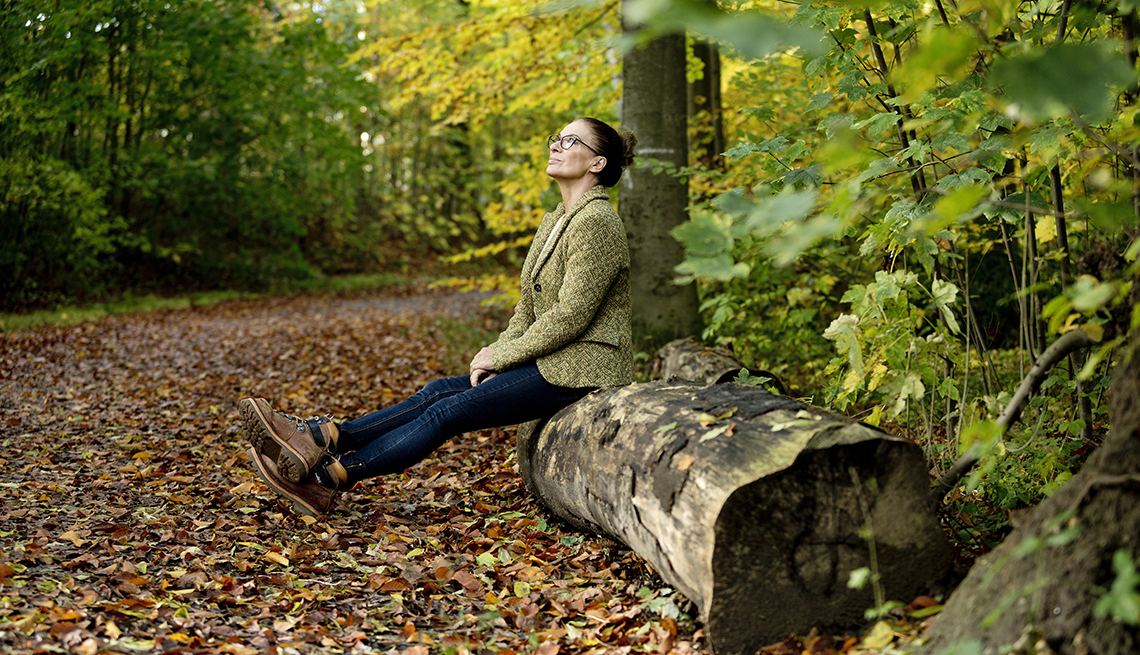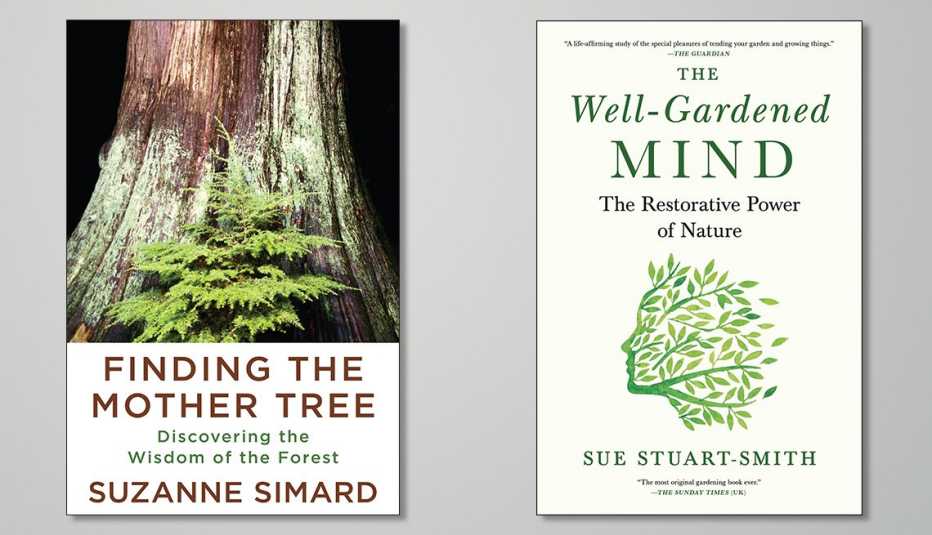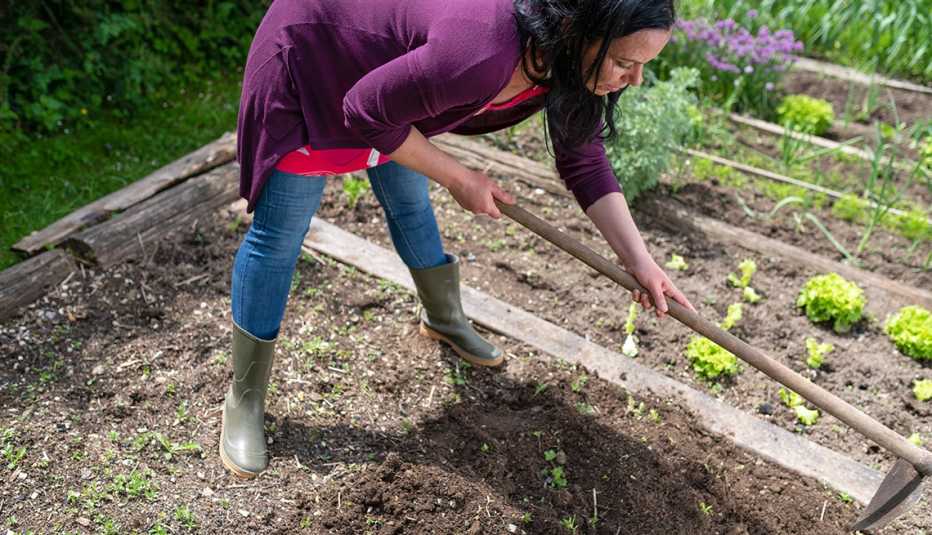Staying Fit
Head into the woods and your body begins to change within minutes: your blood pressure drops, your heart rate slows, and your mood likely starts to lift. Regular immersions in nature, a stack of studies confirms, can also lower stress hormone levels, reduce depression, allow for better sleep, foster creativity, and make people more kind and less aggressive — among other wondrous feats.
The Japanese take such benefits seriously — they call it shinrin-yoku, or forest bathing — using contemplative nature immersion as a form of therapy. The practice has also taken off in the U.S., where you can hire one of a growing number of forest bathing guides to lead you on reverent woodsy excursions. Or you might give yourself your own nature bath by taking a relaxing walk in the park. Or by gardening. Or by spending 15 minutes sitting under a tree in your backyard, listening to the birds.


AARP Membership— $12 for your first year when you sign up for Automatic Renewal
Get instant access to members-only products and hundreds of discounts, a free second membership, and a subscription to AARP the Magazine.
We know instinctively that these activities often brighten our mood and chill us out, but the association between time spent in natural settings and better mental health is also supported by reams of research. A sampling: In one British survey, people who had spent 120 minutes in nature over the previous week were significantly more likely to report good health and well-being than those who had no nature exposure — “including older adults and those with long-term health issues,” according to the 2019 study, published in Scientific Reports. And an analysis from Britain's University of East Anglia of more than 140 studies from around the world found that “exposure to greenspace significantly reduces people's levels of salivary cortisol — a physiological marker of stress” — not to mention that it also appears to reduce the risk of type 2 diabetes, cardiovascular disease and premature death, according to the 2018 report, published in the journal Environmental Research.
In Britain, doctors at the National Health Service routinely prescribe time in nature to their patients. Sue Stuart-Smith, a British psychiatrist and author of the 2020 book The Well-Gardened Mind: The Restorative Power of Nature, is one. She'll tell her patients to “take as much exercise as possible, but always take it in a green setting if they can,” she says. “It's immediate; within minutes of being within a green setting, [they'll have] a lowering blood pressure.”
In other words, you don't need to camp out in the middle of the woods for a week to benefit from Mother Nature. “If people can get out in their lunch breaks, that makes a huge difference,” says Stuart-Smith.
It's more important than ever in the modern era, when many of us are spending hours a day inside, in front of screens, says Emma Seppala, author of 2016's The Happiness Track and an expert on health psychology. “We're depriving ourselves of this free resource that brings out the best in us."




































































